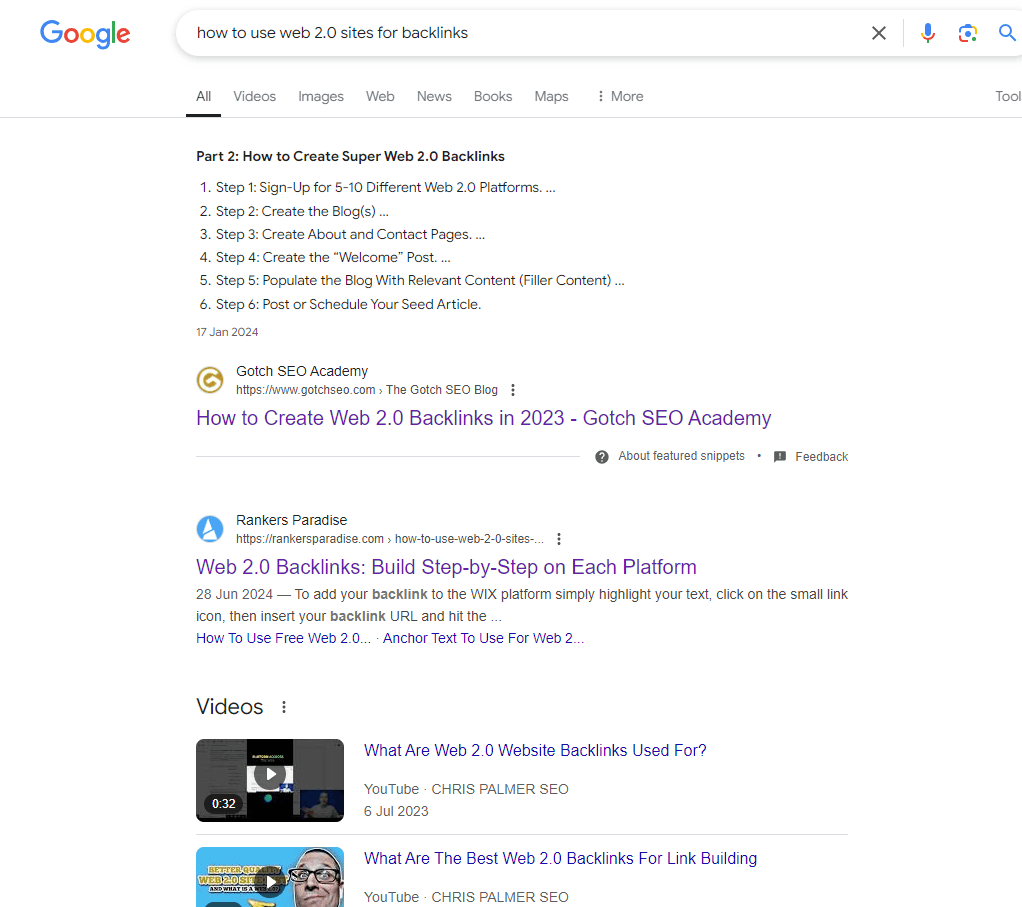Google’s ranking algorithm continues evolving. Although the company doesn’t disclose exact weights, SEO audits, leaks, and official documentation reveal core factors that matter today.
1. Content Quality & Intent Alignment
-
User-first depth: Google in 2023 integrated the “Helpful Content Update” into its core systems Focus Digital. High-performing pages consistently offer comprehensive, clear, and user-attuned content.
-
Originality & expertise: Google’s “reviews” and “original content” systems emphasize subject expertise and unique reporting Google for Developers.
-
Semantic relevance: RankBrain and neural matching ensure your content aligns with searcher intent—even if the exact keyword isn’t present.
2. Backlinks & Referring Authority
-
Quality beats volume: Links from top-tier, topically relevant domains carry more weight than numerous low-quality backlinks.
-
Anchor text context: Descriptive, natural anchor text strengthens relevance signals without over-optimization.
-
Link trust signals: Tools like “nofollow” influence PageRank flow, but Google’s leaked documents list link-based metrics like “domain authority” and Chrome-derived data as ranking inputs Wikipedia.

There’s your proof that backlinks still work in 2025.
3. User Experience & Core Web Vitals
-
Mobile-first indexing: Since the 2015 Mobilegeddon update, mobile usability is critical and directly impacts rankings.
-
Core Web Vitals: Google measures page speed, interactivity, and layout stability—factors like LCP, FID, and CLS are important signals for UX-centric ranking Positional.
-
Site architecture: Intuitive structure and fast navigation improve crawl efficiency and user satisfaction Google.
4. Technical SEO & Crawlability
-
HTTPS & security: Secure sites (HTTPS) may receive slight ranking advantages. Google also applies demotion if sites get repeated takedown notices or host removed malicious content.
-
Crawl optimization: Effective internal linking boosts content discovery and PageRank flows.
-
Passage indexing: Google now indexes relevant passages, not just pages, improving visibility for content that directly answers specific queries.
5. Freshness & Timely Relevance
-
Query-focused freshness: Google dynamically boosts recent content for “fresh” queries—like current events, tech launches, or trends.
-
Active updates win: Refreshing evergreen content signals to Google it’s up-to-date and valuable pageonepower.com.
6. AI-Powered Understanding: MUM, Neural Matching, RankBrain
-
RankBrain: Since 2016, this AI helps decipher complex, conversational, and long-tail queries.
-
Neural matching & MUM: These systems connect hidden concepts and multi-modal content like images and videos to user intent.
-
Passages & entity systems: AI-driven extraction and understanding of page segments and entities boosts ranking relevance.
7. Trust & Source Credibility
-
Authority signals: Trusted citations, inbound links, and expert author credentials strengthen E‑A‑T (expertise, authority, and trust).
-
Spam detection: Google’s SpamBrain flags manipulative tactics. Legal complaints or policy violations (e.g. CSAM, defamation) can lower rankings.
-
Whitelisting sensitive topics: Internal documents reveal special filters for election, health, or COVID‑19 topics—favoring authoritative sources New York Post.
8. E‑A‑T & Page Diversity
-
Discretion in results: Google avoids over-representing one domain in top results, typically showing no more than 2–3 pages from the same source for a given query.
-
Expert review uplift: In some niches, standout reviews and expert perspectives receive additional ranking value.
🧠 Summary: Holistic SEO is Essential
Rather than chasing every single factor, focus on:
| Category | Focus Areas |
|---|---|
| Content | Depth, originality, intent fit |
| Links | High-authority, relevant, natural anchors |
| UX | Speed, mobile design, stable layout |
| Technical | HTTPS, crawl efficiency, schema markup |
| Freshness | Regular content updates |
| AI Signals | Structured content, passages, entities |
| Trust & Authority | E‑A‑T, source diversification, compliance |
By optimizing across these pillars, you align with Google’s multi-layered ranking criteria—from algorithmic relevance and AI-powered context to user signals and trust.
🔄 Action Points for 2025
-
Audit your Core Web Vitals and mobile responsiveness.
-
Deepen content with new insights, stats, or expert quotes.
-
Revitalize older posts to maintain accuracy and timeliness.
-
Strategically earn backlinks from respected, niche-specific sites.
-
Implement structured markup to aid passage indexing and visibility.